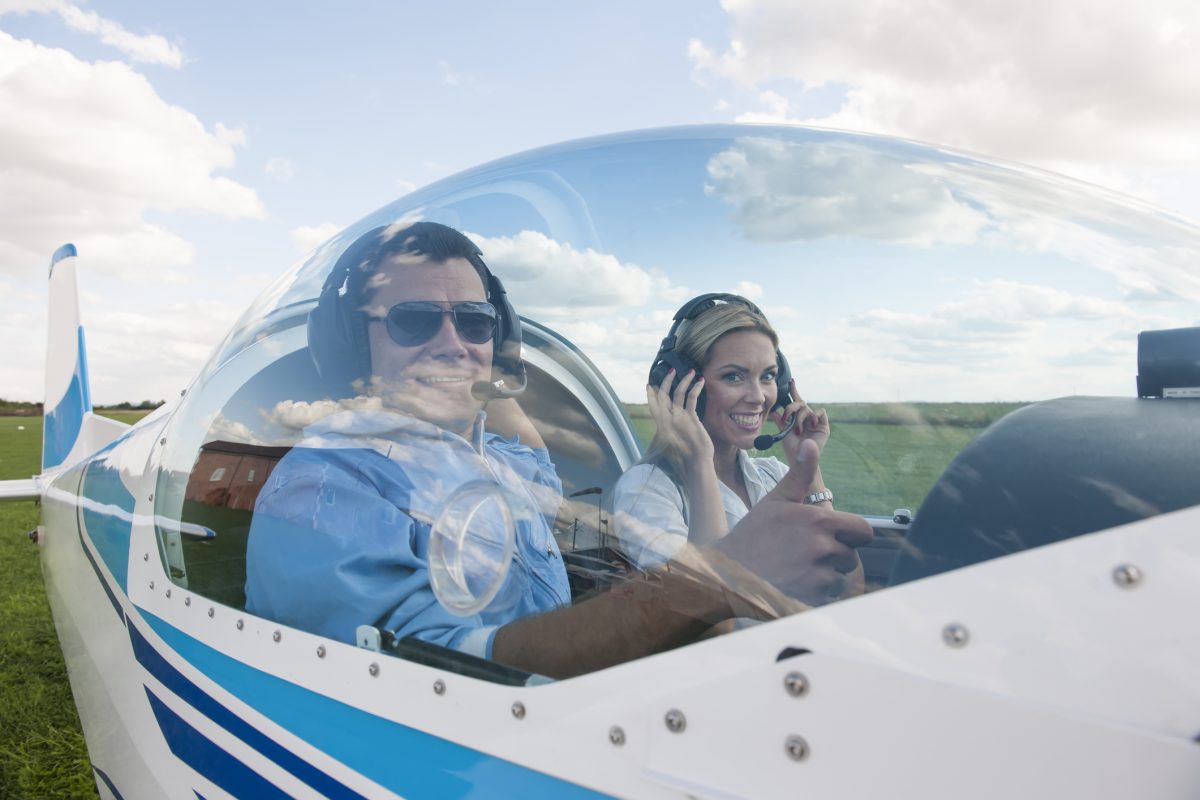
Summer flying season is here, bringing with it clear skies and warm, sunny days. But summer is also the peak season for an often overlooked but serious flight hazard: dehydration. Unfortunately, many pilots are unaware of the symptoms of dehydration and the dangers this insidious condition can pose during flight.
Contrary to popular belief, the feeling of thirst is not the best indicator of dehydration. Health experts say that by the time you feel thirsty, you might already be in the throes of dehydration. Left untreated, dehydration can cause headaches, fatigue, dizziness, muscle cramps, nausea, and disorientation. Each of these symptoms can significantly impede one’s mental and physical performance. For pilots, this can lead to poor decision-making, putting them at an increased risk of dangerous incidents or accidents.
So, what can you do to prevent dehydration when flying during the hot summer months? Here are some helpful tips to remember.
Watch for the signs of dehydration
It’s best to catch the onset of dehydration early before it progresses to heat exhaustion. Without treatment, heat exhaustion can lead to kidney damage, seizures, and even heat stroke, which can be life-threatening. Fluid loss and dehydration can be caused by exercising, excessive sweating, flying at high altitudes, or as the result of a recent illness. For pilots, moving and pre-flighting the aircraft on a hot, sunny runway or long flights in an unairconditioned cockpit can quickly lead to dehydration.
Some of the warning signs of mild dehydration to look out for include headache, fatigue, dizziness, dry or sticky mouth, and of course, the sensation of thirst. If you notice any of these signs in yourself or one of your passengers, rehydrate right away and move to a cooler area, if possible.
Keep water handy on every flight
It’s a good idea to stash a bottle of water (or a sports drink) to your flight bag to maintain hydration. Keep some water bottles on board for your passengers, too. The amount of water you need each day depends on individual factors, but in general, experts suggest drinking at least five 8-ounce glasses of water per day. If you have trouble reaching your daily water intake, make a goal to finish a bottle of water at the top of every hour, or try using a smartphone app to set helpful reminders.
Stay away from diuretic drinks
Diuretic beverages, such as alcohol, coffee, tea, and sodas, contribute to fluid loss and may further your risk of becoming dehydrated. Try to limit your intake of diuretics and drink plain water as your beverage of choice, especially during the hot summer months. Luckily, this doesn’t mean that you have to live without your morning cup of coffee; just be sure to sip plenty of water for every cup you drink. If you’re not a fan of the taste of plain water, try adding some fresh fruit to your H2O or choose an electrolyte-enhanced sports drink instead.
Don’t fly if you feel lightheaded, dizzy, or faint
When pre-flighting your aircraft, don’t forget to evaluate your own fitness to fly, which includes being honest about your current health condition. For example, if you’re recovering from a recent illness, be aware of how the illness may have affected your body’s fluid levels. Are you drinking enough water to make up for fluid loss due to extreme temperatures, increased physical activity, or your consumption of diuretic drinks? If you start to feel dizzy, lightheaded, or faint, don’t hesitate to cancel or delay your plans until you feel up for flying.
Fly safely this summer and remember to drink up!